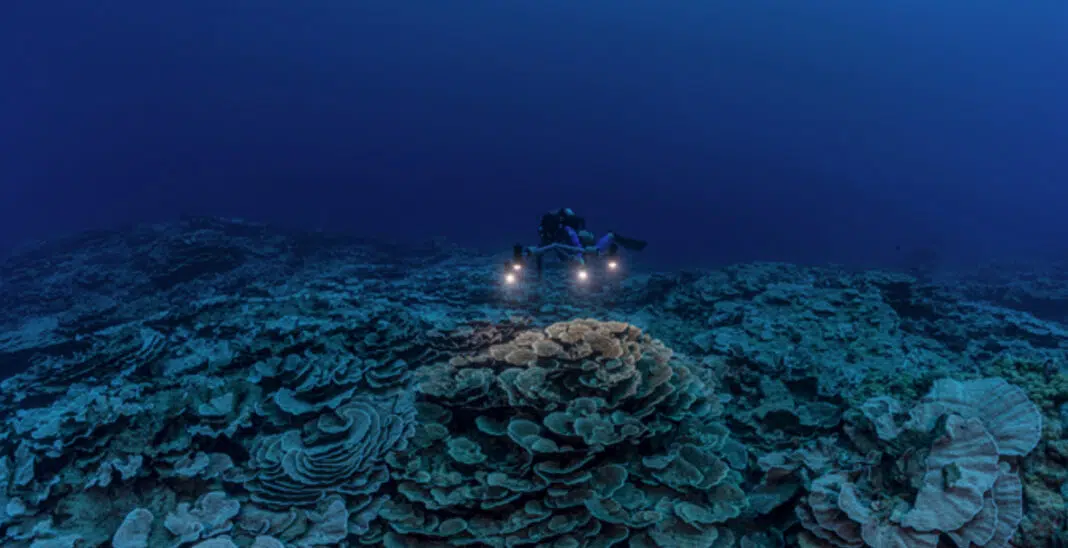Scientists are calling on world leaders to embark on a concentrated campaign to conserve and protect the world’s deep reefs.
The plea is in response to recent research by Nekton, the Western Indian Ocean (WIO) and the University of Oxford, who confirmed that deep reefs, especially those in the Western Indian Ocean, are virtually unprotected. Unfortunately, these reefs face a variety of stressors and dangers that could result in their destruction.
The scientists highlight the important role deep reefs (those below 30m/90ft) play in marine and ocean ecosystems. They provide a haven for shallower-water species and are home to various commercially important species that could be lost with their destruction.
Commenting on the recent work, Dr. Paris Stefanoudis, a marine biologist at the University of Oxford’s Department of Biology and a research scientist at Nekton, stated:
“We strongly encourage deep reefs to be included in conservation and sustainable management action to complement global targets, notably 30% protection of the global ocean by 2030. Deep reefs are critical to a healthy marine ecosystem and face similar threats from overfishing, pollution and climate change faced by the much-imperilled shallow reef system.”
While Lucy Woodall, study co-author and professor of marine biology at the University of Oxford and Nekton Principal Scientist, added:
“To halt and reverse nature loss, the UN Biodiversity Conference, COP15 must prioritise the conservation of unique ecosystems such as deep reefs, one of the least protected ecosystems on Earth. We hope our recommendations and actions will be useful for decision makers in the WIO, be applied within the new Western Indian Ocean regional policy and provide the springboard for deep reefs to become protected across the global ocean.”
Also, Executive Director of the Western Indian Ocean Marine Science Association and shared co-author Athur Tuda said:
“To ensure a prosperous and resilient Western Indian Ocean, it is essential that deep reefs are no longer ignored by scientists and policy makers, and they must be specifically considered in conservation and management strategies.”
You can find the original research here, or check out a video summary of the findings below.

